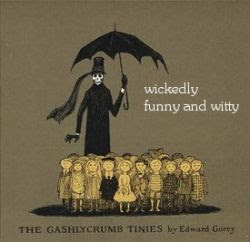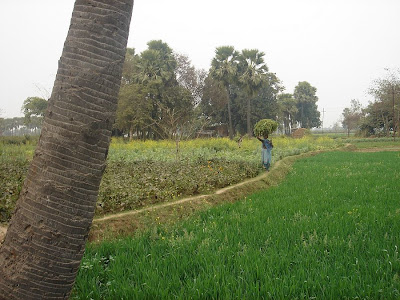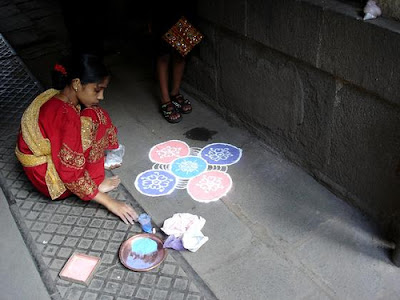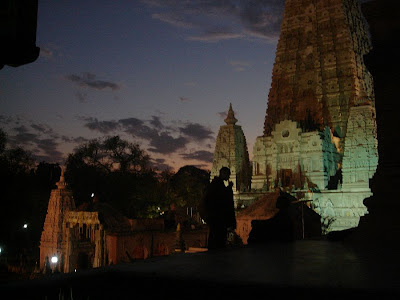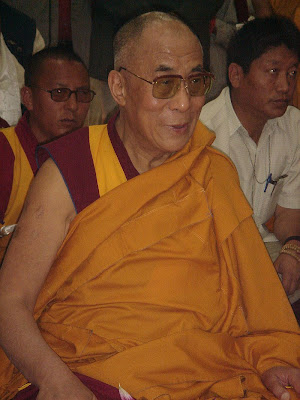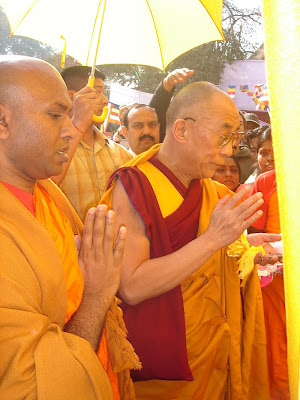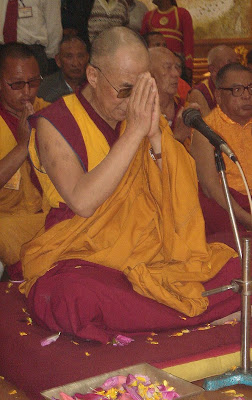Amaravati, Andhra Pradesh
I was looking through my past year's photos, for pictures to submit
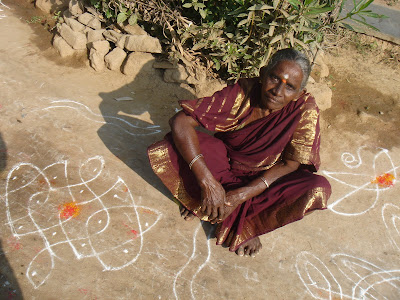 to the 50 Million Missing group, and found this. AmmaGaru ("Garu" is a Telugu honorific; they call the Dalai Lama "Dalai LamaGaru") was my across-the-street neighbor during last year's Kalachakra ceremony in Amaravati, Andhra Pradesh. She is one of the things (there are so many) that I loved about being a visitor in small-town South India. (Not sure I would want to grow up, raise a family, or have to make a living there, but I loved visiting.)
to the 50 Million Missing group, and found this. AmmaGaru ("Garu" is a Telugu honorific; they call the Dalai Lama "Dalai LamaGaru") was my across-the-street neighbor during last year's Kalachakra ceremony in Amaravati, Andhra Pradesh. She is one of the things (there are so many) that I loved about being a visitor in small-town South India. (Not sure I would want to grow up, raise a family, or have to make a living there, but I loved visiting.)The eldest woman of the house is always responsible for its spiritual upkeep. She must rise early, during "Brahma Muhurrtam" (hour of the gods) - that is, around four or five. First, the woman must bathe - regardless of how cold it is. Only after bathing, she can do all the household pujas, especially mangal aratik or waving the oil lamp before the gods and in front of the front door, to remove the darkness, and cleanse and protect the house and its occupants.
Then she draws a kollam (also called rangoli, or by many local names) - a geometric design - with chalk powder, directly on the front door step. It's a sort of invocation and invitation to the gods. Kollams are a real art form in and of themselves; every region has its own style, and only women do them.
All these tasks must be completed before sunrise, which signals the end of Brahma Muhurrtam.
I never managed to catch her in the process - she got up in the morning far earlier than I . Amma lived alone in a very tidy, clean-swept semi-hut. Her kollams were, well, unique. They seemed to have no boundaries. Others were happy doing a smallish design right in front of the door, but often Amma would just "go off" and start freestyling all over the sidewalk.
AmmaGaru seemed to be alone in the world. I sometimes caught her talking to herself.
She was always concerned that I was in the house alone and admonished me to lock the gate behind me (all in Telugu, of course, but I understood through her mimetic gestures).
Amma had two beautiful Mangalagiri saris that she wore on alternate days - one maroon, the other forest-green. How did she know they are my two very favourite colours?
